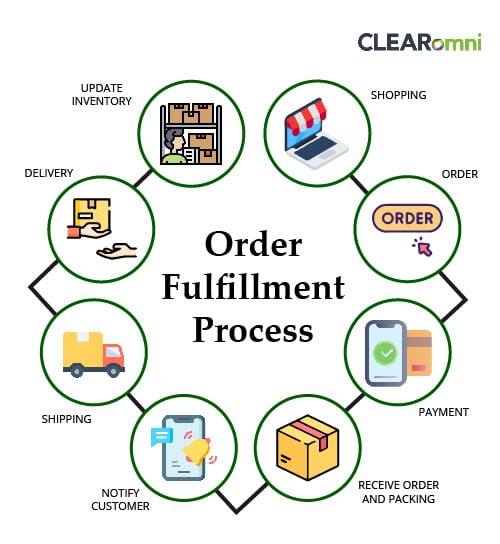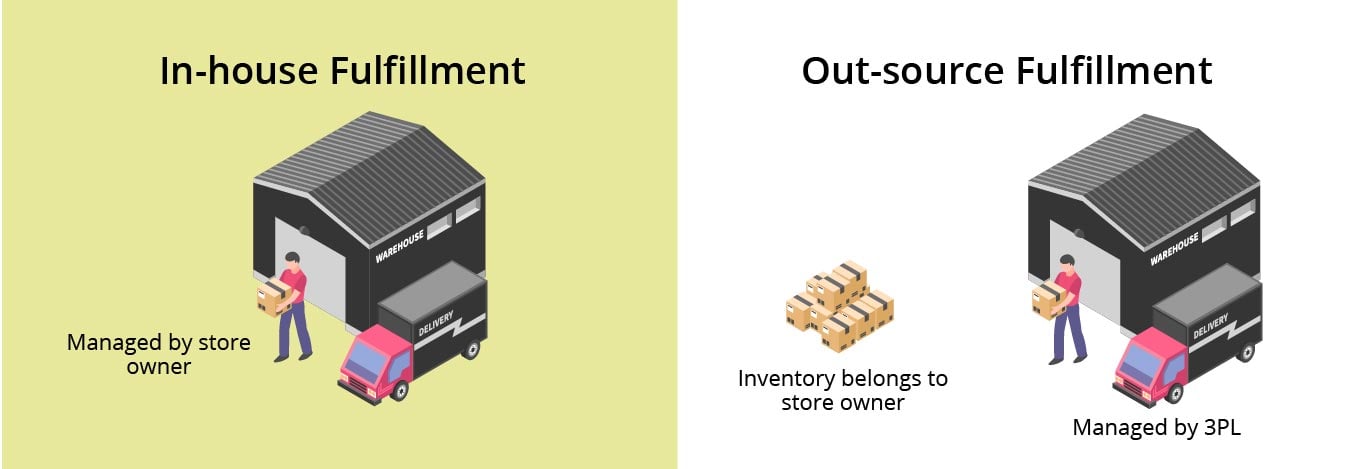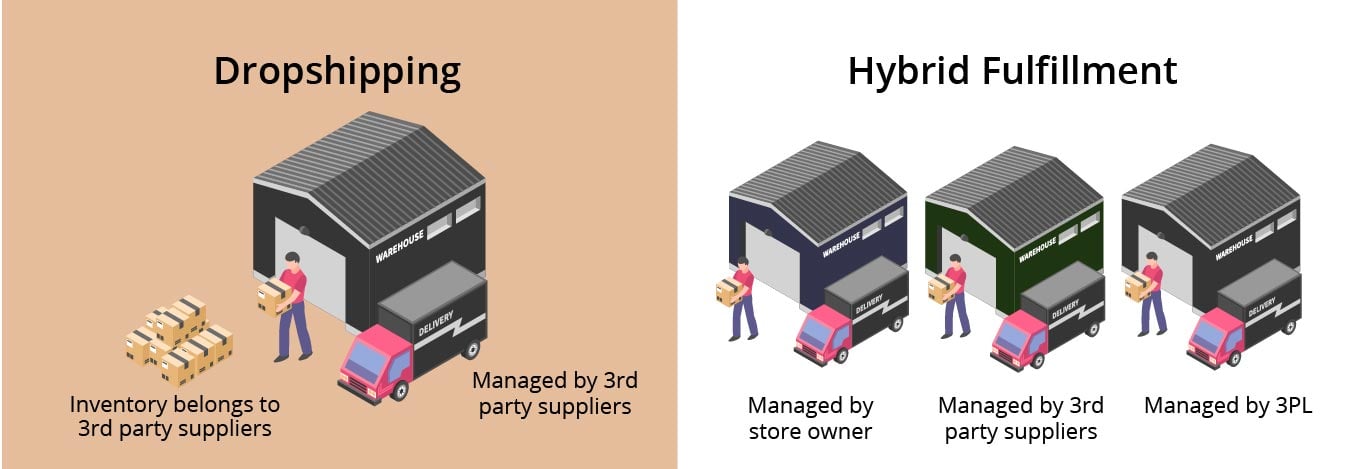“49% of people abandon their shopping cart because extra costs at checkout were too high.”
“18% of people abandon their shopping cart because of a long and complicated checkout process.” (Baymard Institute)
“70% of UK Consumers Less Likely to Shop With Retailers After Hearing About a Negative Delivery Experience.” (Post Purchase Experience Report, Metepack)
“When UK shoppers abandon carts, only 31% of them return to complete the purchase at the same website. 26% of them buy the same product from a competitor.” (Statista 2021)
Research shows that consumers expect simple and seamless processes for receiving the goods they purchase. The process should have multiple interactions that keep them informed of delivery progress. And this is how important a business furnishes its order management to avoid losing customers.
Order management manages the lifestyle of an order – starts when a customer places an order and ends once they receive their goods. It has all the information needed including order entry, inventory management and fulfilment. An Order Management System(OMS) offers businesses real-time insight into their inventories and customers have visibility on when their purchase will arrive.
Order fulfillment is all the steps a company takes between receiving a new order and placing that order into the customer’s hands.
- Customer places an order via online, in person, by email or over the phone.
- Order is received and registered in the inventory system.
- Order confirmation notification is sent to the customer.
- Order request is sent to the warehouse/3PL/supplier.
- Warehouse worker/related person in-charged locates and collects the ordered items.
- Order is packed and prepared for shipping.
- Order is shipped.
- Order shipping notification is sent to the customer.
- Order is delivered.
- Inventory is updated.

Customers expect to have more options for their purchase to be delivered depending on their needs at the moment. The common ones will be to ship the goods to their desired location, click and collect/BOPIS, endless aisles, curbside delivery and locker collection.
Upon receiving the orders, businesses can choose from four fulfillment methods, in-house, out-source, drop shipping and hybrid with the assistance of OMS to offer those delivery options.
In-house Fulfilment
In-house fulfilment is usually the ideal low-cost option for home-based startups with small order volumes. Using its own staff to handle all the fulfillment steps, from storing to shipping the products at a company-owned location. In this case, the company will have full control of the order operation. However, after the company is further established and lacks of available space, hybrid or out-source fulfilment will be their choice.
Out-source Fulfilment
Shipping, storing and order/refund processing are handled by a third-party logistics (3PL). Companies tend to opt for this option when they have limited storage space. The entire fulfilment process from end-to-end, receiving inventory from manufacturers to delivering orders to the end customers is carried out by an external party. Companies that use this option can save a lot of manpower and the cost needed for their own storage facilities. The inventory is stored in the warehouse owned by 3PL.

Drop shipping
Drop shipping can be understood as outsourcing the entire process and companies don’t need to hold a single stock. This has greatly reduced the business risk. They just need to purchase the item from a third-party supplier only after the product order is confirmed. The supplier either a manufacturer or any company will handle all orders and ship the goods to the customer. Startup or small e-commerce business is more often adapting this model as it offers a lower entry-level business opportunity by paying only for the sold item. Worry-free inventory management. However, the con side is it will take definitely a long time for the product to be delivered. The delay happens when the manufacturers are far from the customer base location in different countries.
Hybrid Fulfilment
Companies that used the hybrid model have a combination of two or more of the three models above. For example, a company may choose to handle order fulfillment of all or just popular products internally, but also choose to outsource fulfillment during peak periods, such as the holidays, and drop ship large or expensive items directly from the manufacturer. Less-frequent purchased items are often fulfilled through dropshipping so that they don’t need to hold the stock for a long time. This model offers great flexibility for companies to optimize their fulfillment based on product conditions and situations.

Speak to us about your desired fulfillment methods or we are happy to provide our sincere advice. CLEARomni can assist you based on your business needs. Schedule a demo session with us now.
